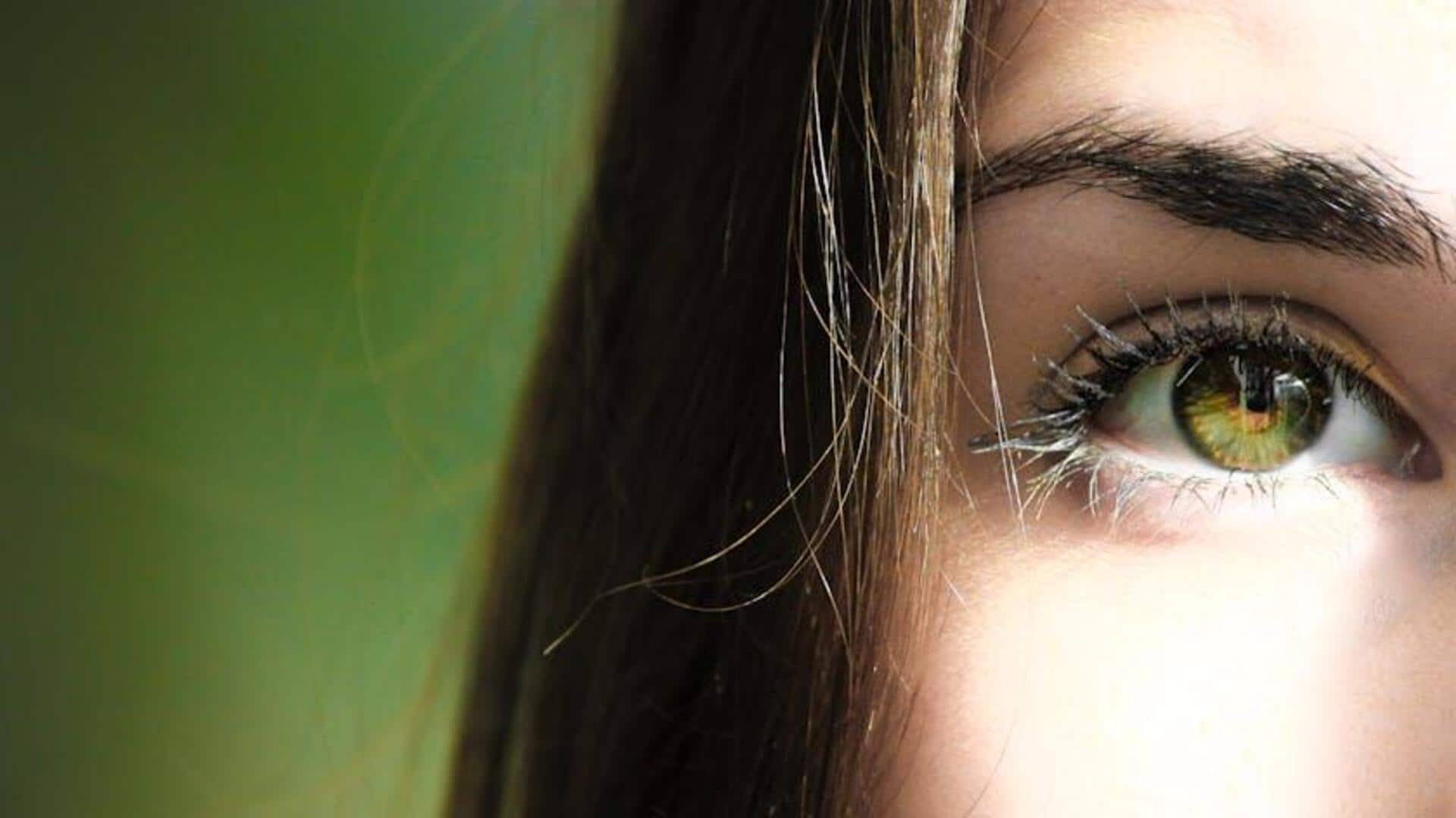
5 eye exercises you must do daily
What's the story
Maintaining eye health is essential to ensure our well-being. Thanks to increased screen time, most of us suffer from eye strain and lack of clarity in our vision. However, including certain exercises in our daily routine can help make our eyes more flexible and clearer. They are simple, need no special equipment, and can be performed anywhere. Practicing them regularly may show noticeable results in how your eyes feel and function.
Palming
Palming technique for relaxation
The palming technique includes covering the eyes with the palms of your hands without exerting any pressure. This exercise relaxes the eyes by blocking out light and reducing strain. To do this exercise, sit comfortably, rub your palms together to generate warmth, then gently place them over your closed eyes for a few minutes. This simple practice can be repeated several times a day to alleviate tension.
Focus shift
Focus shifting exercise
Focus shifting is an effective way to enhance eye flexibility. Start by holding a finger about six inches from your nose, focusing on it for a few seconds before shifting focus to an object at least 10 feet away. Alternate between near and far objects several times in one session. This exercise helps train the eyes to adjust focus quickly and efficiently.
Figure eight
Figure eight movement
The figure eight movement enhances coordination between both your eyes while improving flexibility. Imagine an imaginary figure eight about 10 feet away from you, at eye level. Slowly trace this shape with your gaze (without moving your head) for about 30 seconds in one direction and then switch. Doing this regularly can help with smoother visual tracking.
Near-far drill
Near-far focusing drill
This drill consists of quickly switching focus between near and far away objects to train the eyes to focus quickly on varying distances without strain or delay when switching from closeup tasks like reading or computer work back out into larger spaces like driving outdoors, etc. It takes different focal lengths at the same time within short intervals of time throughout one's daily routine with multiple visual demands placed on our vision systems.